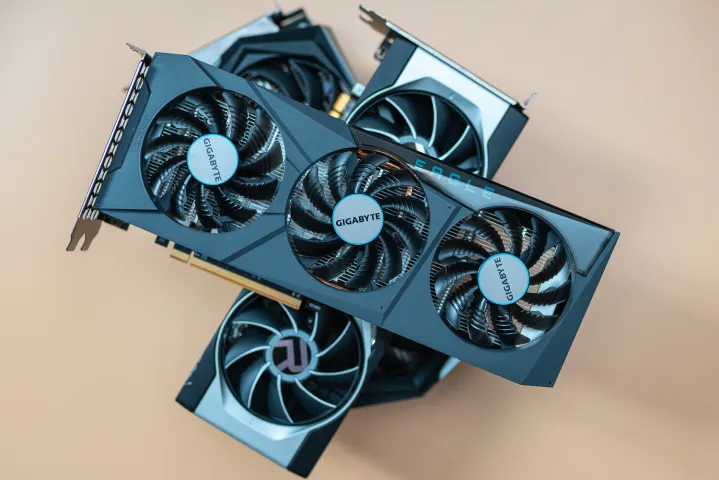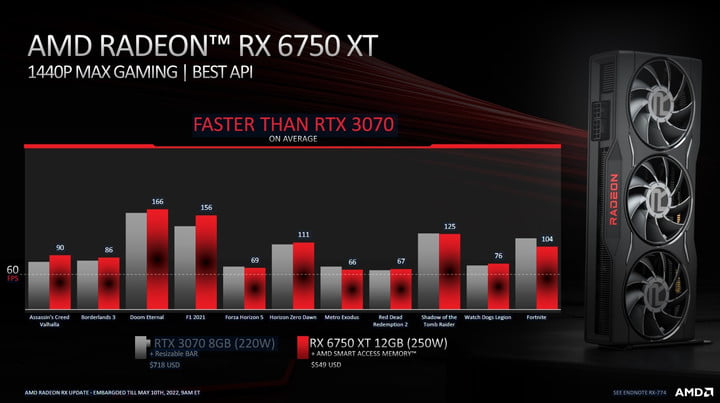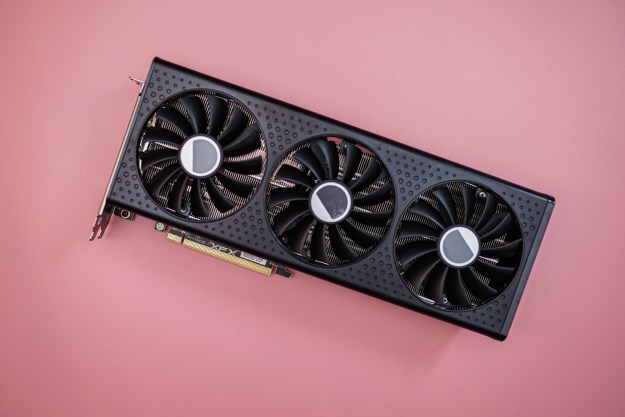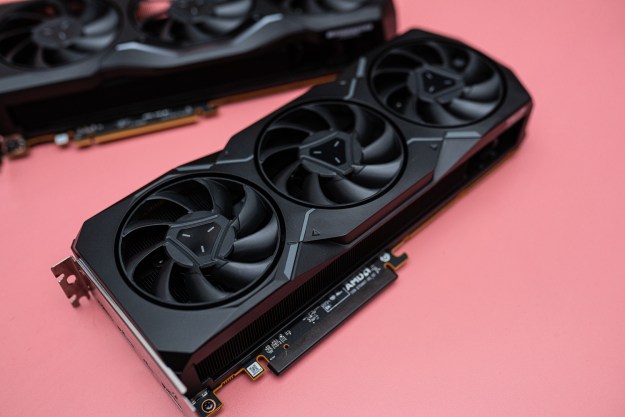AMD is refreshing its RX 6000 graphics cards, which launched a year and a half ago in November 2020. Between the RX 6650 XT and the RX 6950 XT, we have the new RX 6750 XT, the replacement for the RX 6700 XT that launched in March 2021. This upper mid range GPU is positioned against Nvidia’s RTX 3070, so we threw both of them into the ring to see how they stack up.
The RX 6750 XT hasn’t launched yet, so we are relying on AMD’s benchmarks at the moment. Although AMD isn’t lying, it definitely wants to show this GPU in a positive light against the best graphics cards.
Pricing and availability

The RX 6750 XT is not a mere price cut for the RX 6700 XT. In fact, AMD is launching the RX 6750 XT at $549, an increase of $70 in MSRP over the RX 6700 XT, which launched at $479. The closest competitors on Nvidia’s side are the RTX 3070 and RTX 3070 Ti, which launched at $499 and $549, respectively.
The GPU shortage of the last 2 years has shown that MSRP doesn’t always mean very much, but in the past month, the shortage has almost subsided, at least for AMD GPUs. In the past month, the RX 6700 XT has been spotted multiple times for less than $549 and even as low as $484 with rebates. The RTX 3070 and RTX 3070 Ti are usually found in the $600-800 range.
Specs

If you want to compare the RX 6750 XT to the RTX 30709, we would recommend just focusing on the memory size and TDP. It is difficult comparing the specs of GPUs from different families, especially when the GPUs aren’t even made by the same company.
| RX 6700 XT | RX 6750 XT | RTX 3070 | |
| GPU | Navi 22 | Navi 22 | GA104-300 |
| Interface | PCI Express 4.0 | PCI Express 4.0 | PCI Express 4.0 |
| CUDA cores/stream processors | 2,560 | 2,560 | 5,888 |
| Ray tracing accelerators | 40 ray accelerators | 40 ray accelerators | 42 RT cores |
| Tensor cores | N/A | N/A | 184 |
| Game clock | 2,424MHz | 2,495MHz | 1,730MHz |
| Memory | 12GB GDDR6 | 12GB GDDR6 | 8GB GDDR6 |
| Memory bus | 192-bit | 192-bit | 256-bit |
| Bandwidth | 384GBps | 432GBps | 448GBps |
| TDP | 230 watts | 250 watts | 220 watts |
AMD has improved on the RX 6700 XT by giving the RX 6750 XT a 2.9% higher boost clock speed and faster 18Gbps GDDR6 memory, which translates to 12.5% more memory bandwidth. The RX 6750 XT is otherwise identical to the RX 6700 XT.
Given the tiny boost clock improvement and the far more substantial memory bandwidth increase, AMD must think the original RX 6700 XT didn’t have enough bandwidth. In the benchmarks below, we’ll see if we should expect that extra bandwidth to be useful.
Performance

AMD tested the RX 6750 XT, RX 6700 XT, and RTX 3070 in 15 games at 1440p, and the 6750 XT benchmarks below come from AMD’s test system, which used a Ryzen 7 5800X3D (the fastest CPU for gaming) and 32 GB of DDR4 memory at 3600MHz.
We’re going to compare their results to our RX 6700 XT review so we can put AMD’s data in context, since AMD is obviously not the most impartial source for performance data. According to AMD’s own data, on average, the RX 6750 XT is about 7% faster than the RX 6700 XT, and its lead ranges from 6-9% depending on the game.
| AMD’s Benchmarks: RX 6750 XT vs. RTX 3070 | Our Benchmarks: RX 6700 XT vs. RTX 3070 | |
| Assassin’s Creed Valhalla | +21% | 0% |
| Battlefield V | +9% | -11% |
Compared to the RTX 3070, the RX 6750 XT trades blow in most games. AMD’s numbers show it leading in Assassin’s Creed Valhalla and Borderlands 3 though falling short in Forza Horizon 5 and Metro Exodus. Keep in mind that AMD ran its tests with Smart Access Memory, which should boost performance on an all-AMD system.
AMD didn’t provide exact numbers, but it seems the RX 6750 XT performs around the same level as the RTX 3070, which is surprising. Our testing of the RX 6700 XT showed a lead over Nvidia’s competing card, so we’ll need to wait for third-party benchmarks to get a full picture of performance.
Upscaling and ray tracing

Today, both AMD and Nvidia rely on software-based upscalers to get better image quality and more performance. An upscaler is basically an algorithm that can make a low resolution image look high resolution. Nvidia’s Deep Learning Super Sampling (or DLSS) is more mature than AMD’s equivalent, FidelityFX Super Resolution (or FSR), but they’re not quite the same.
DLSS requires Tensor cores, which means no AMD GPUs can use it, and only Nvidia GPUs from the 20- or 30-series can. Meanwhile, the minimum requirement for FSR is an RX 590 (which launched in 2017) or a GTX 1070, making AMD’s support for Nvidia GPUs actually better than Nvidia’s support for its own GPUs. DLSS is seen as the superior upscaler at the moment, but Nvidia’s advantage could end soon as FSR 2.0 is set to release this summer.
The other big thing the two graphics companies have been focusing on is ray tracing. Nvidia’s ray tracing performance tends to be significantly better than AMD’s. However, on both Nvidia and AMD hardware, ray tracing is very intensive and significantly lowers your frame rate.
Where does the RX 6750 XT fit in?
Due to its raised MSRP, the RX 6750 XT is in an awkward spot. It can’t compete against the RX 6700 XT when it comes to value, making this refresh confusing, especially since the RX 6700 XT seems to be in good supply. Users would undoubtedly be unhappy if AMD stopped producing RX 6700 XTs, given its better bang for buck.
Other GPUs with similar MSRPs like the RX 6800, the RTX 3070, and the RTX 3070 Ti are still selling for inflated prices, so the 6750 XT is a viable, though slower, alternative, as long as it is in good supply.
Editors' Recommendations
- I’ve reviewed every AMD and Nvidia GPU this generation — here’s how the two companies stack up
- 5 GPUs you should buy instead of the RTX 4070
- I tested the RTX 4070 against AMD’s new RX 7900 GRE — and it’s not pretty
- GPU prices and availability (Q1 2024): How much are GPUs today?
- The Nvidia RTX 4080 Super just trounced AMD





